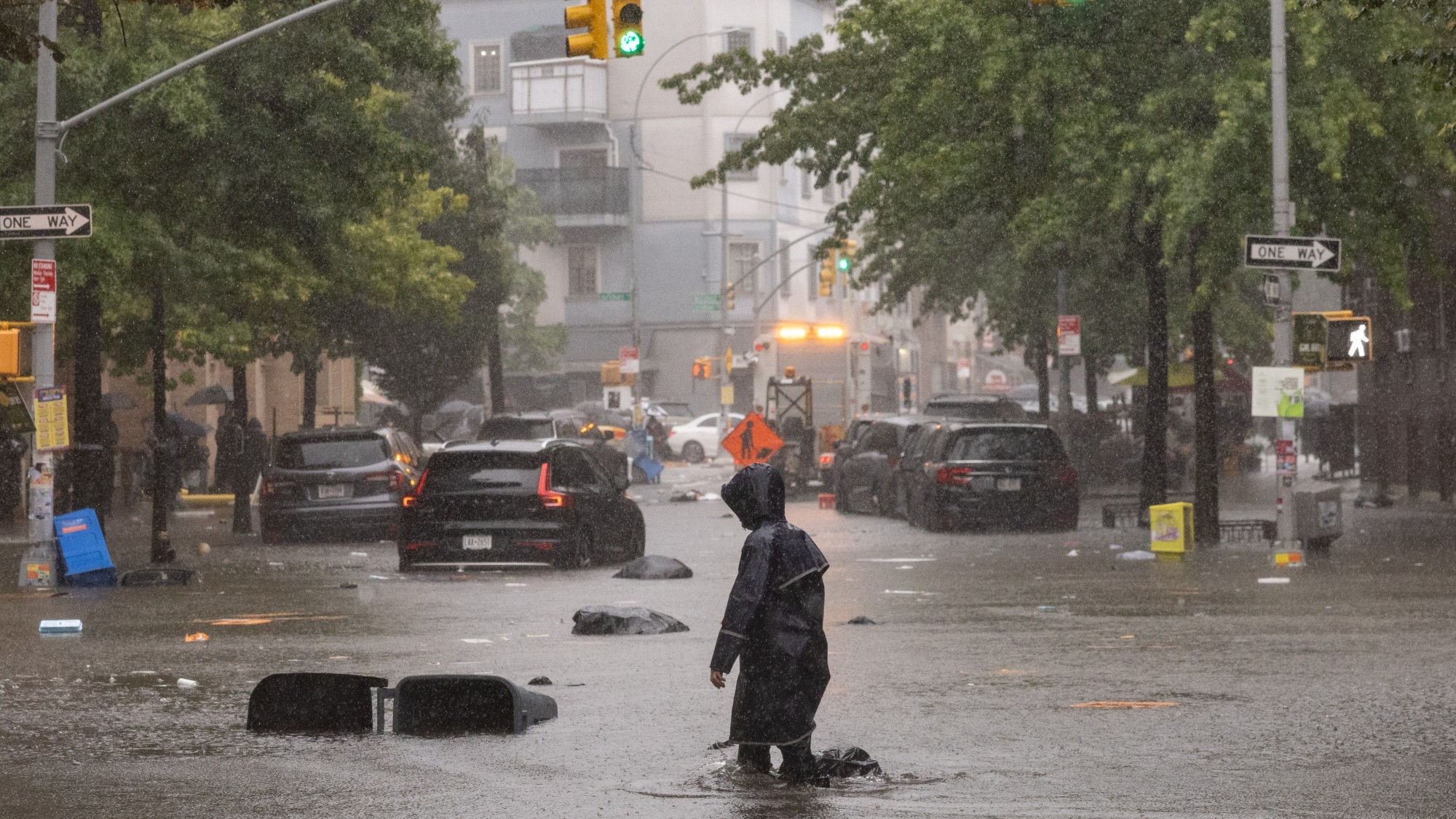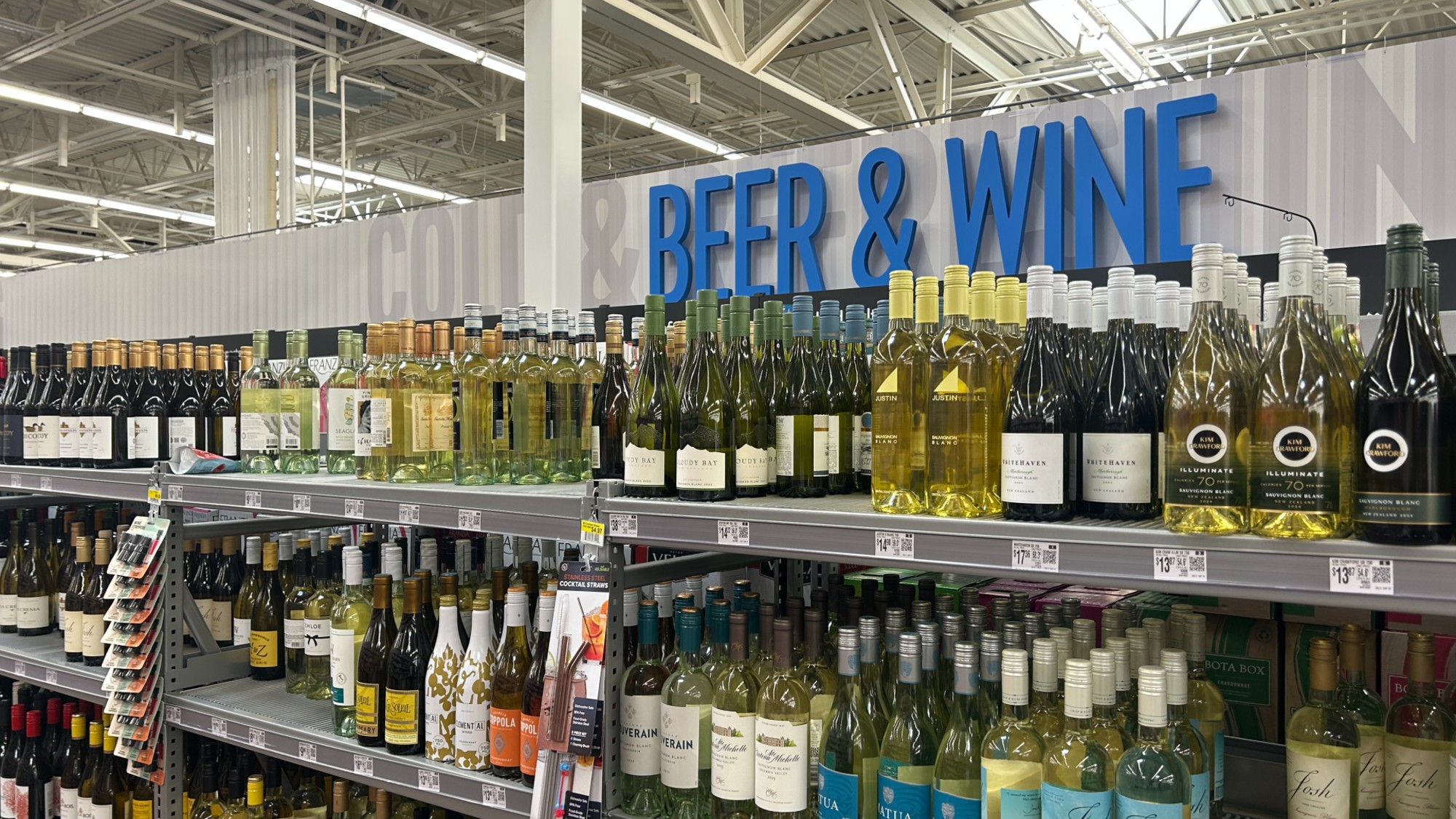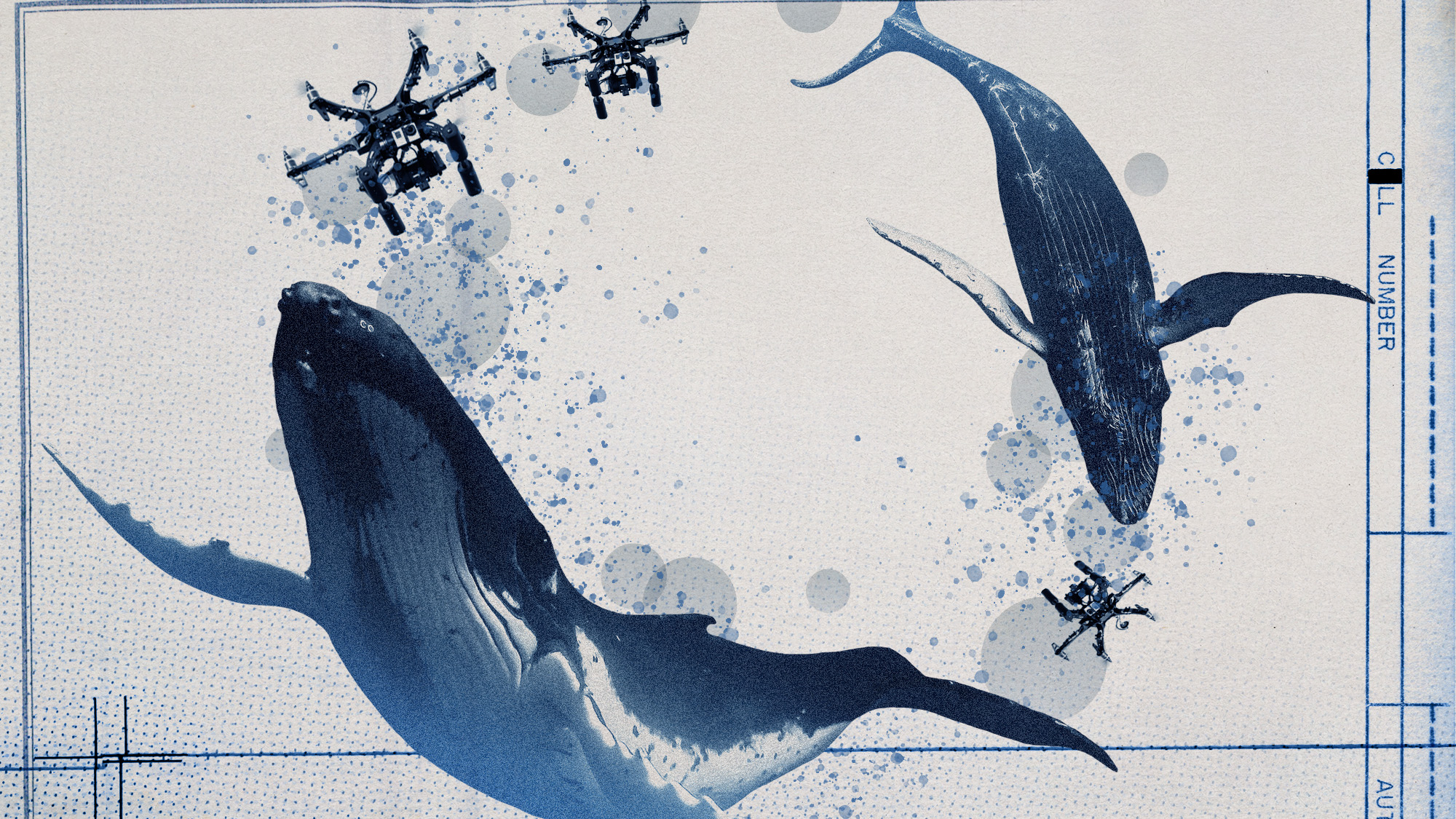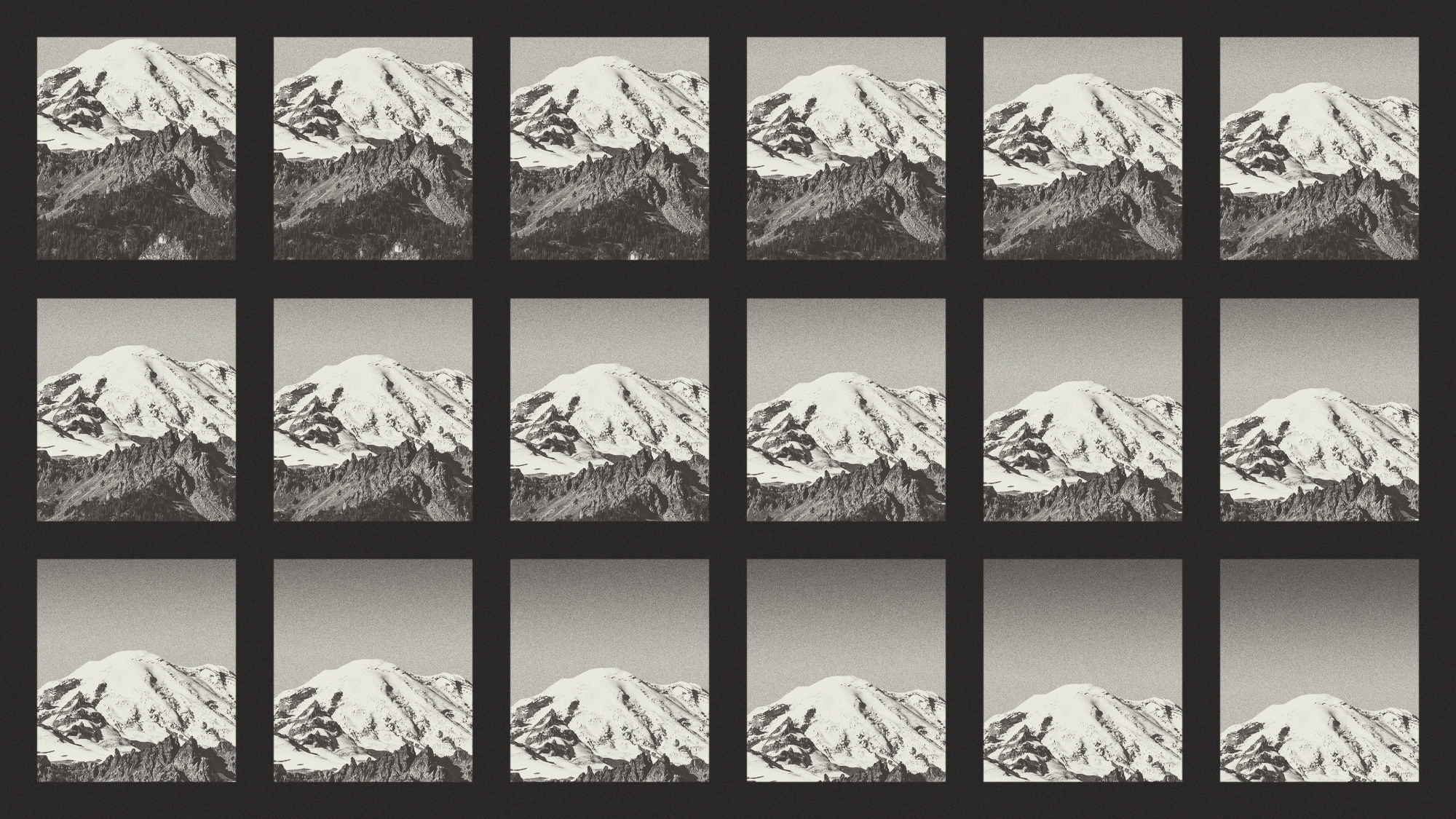How can cities better prepare for flooding? Be a sponge.
In 'sponge cities,' green infrastructure would absorb excess water instead of pushing it somewhere else


New York City experienced record rainfall last week, prompting officials to declare a state of emergency due to mass flooding. Extreme rainfall events like this will likely become more common as climate change becomes more severe, which means cities around the world must be prepared to handle increased flooding. The solution may lie in converting our beloved concrete jungles into so-called “sponge cities," which would do a better job than traditional cities of absorbing excess water into the ground.
How could ‘sponge cities' help with flooding?
Most cities today are built with layers of concrete and asphalt that act as a "kind of seal atop the landscape," Wired wrote. As a result, the ground is "impermeable," meaning water can’t sink into it and instead "has to rage across town, turning subway stairs into waterfalls and swamping schools." This isn’t a problem specific to New York City and many cities are at risk of similar consequences.
Today, "our cities are designed to resist water and remove it very quickly," wrote Maclean’s Usman T. Khan, who explained that “water is directed by hard surfaces like concrete into drains,” which take it "into underground pipes that lead from cities into rivers, lakes, or the ocean." Known as gray infrastructure, these "industrialized [solutions]" can fail or have "bad side effects," Yu Kongjian, the architect who pitched the idea of "sponge cities," told NPR.
The Week
Escape your echo chamber. Get the facts behind the news, plus analysis from multiple perspectives.

Sign up for The Week's Free Newsletters
From our morning news briefing to a weekly Good News Newsletter, get the best of The Week delivered directly to your inbox.
From our morning news briefing to a weekly Good News Newsletter, get the best of The Week delivered directly to your inbox.
Conversely, sponge cities are "designed to make greater use of lower-impact 'nature-based solutions' to better distribute water and improve drainage and storage," Reuters reported. This involves adding more green spaces to cities, which would then absorb water and act as a measure against flooding. "This kind of city is designed to soak up water … and release it back over time into the ecosystem," Khan continued. "The idea is to mimic the natural water cycle that would occur if there was no city there at all."
The sponge approach pushes "boundaries in terms of the environmental aspects of cleaning water and working with monsoon, working with rain, working with environmental processes rather than against them," Gareth Doherty, an associate professor of landscape architecture at Harvard University, told NPR.
How can we make cities spongy?
Creating sponge cities would involve “the use of permeable asphalt, the construction of new canals and ponds and also the restoration of wetlands, which would not only ease waterlogging, but also improve the urban environment,” per Reuters. The most compelling option is to create green spaces in urban areas because they “don’t just mitigate flooding,” Wired explained. They also “beautify the urban landscape and improve residents’ mental health,” as well as “filter out microplastics and other pollutants.”
The few instances in which the sponge city approach was implemented did yield positive results. One such experiment took place in Yanweizhou Park in China, where Yu, the architect, removed a concrete flood wall and instead “planted natural grass, willows and reeds and installed overflow ponds and permeable footpaths,” NPR wrote. The measures proved successful during typhoon season this summer. “The water drained quickly, and there wasn't much pooling," the park’s groundskeeper, Sun Zheng'an, told the outlet.
A free daily email with the biggest news stories of the day – and the best features from TheWeek.com
New York City is also making moves to implement elements of a sponge city. “NYC has the largest and most aggressive green infrastructure program in the nation,” Edward Timbers, spokesperson for the NYC Department of Environmental Protection, told Wired. “Last year we developed new stormwater regulations that require any new development or redevelopment to manage stormwater onsite, and not allow it to drain off into the roadway where it can contribute to flooding.”
Are there drawbacks?
Cost and scale are two huge issues. “Urban land is expensive, so green spaces aren’t cheap,” wrote Wired. Also, as rains become heavier and more frequent due to climate change, a rather substantial level of green infrastructure may be needed to ease the flooding. "It's a growing movement,” Erica Gies, author of water management book “Water Always Wins,” told NPR. “But it needs to grow a lot faster and at [a] much bigger scale for it to really help reverse” the “extreme” way we “have altered the natural water cycle."
Devika Rao has worked as a staff writer at The Week since 2022, covering science, the environment, climate and business. She previously worked as a policy associate for a nonprofit organization advocating for environmental action from a business perspective.
-
 Why is the Pentagon taking over the military’s independent newspaper?
Why is the Pentagon taking over the military’s independent newspaper?Today’s Big Question Stars and Stripes is published by the Defense Department but is editorially independent
-
 How Mars influences Earth’s climate
How Mars influences Earth’s climateThe explainer A pull in the right direction
-
 ‘The science is clear’
‘The science is clear’Instant Opinion Opinion, comment and editorials of the day
-
 Climate change could lead to a reptile ‘sexpocalypse’
Climate change could lead to a reptile ‘sexpocalypse’Under the radar The gender gap has hit the animal kingdom
-
 The former largest iceberg is turning blue. It’s a bad sign.
The former largest iceberg is turning blue. It’s a bad sign.Under the radar It is quickly melting away
-
 How drones detected a deadly threat to Arctic whales
How drones detected a deadly threat to Arctic whalesUnder the radar Monitoring the sea in the air
-
 ‘Jumping genes’: how polar bears are rewiring their DNA to survive the warming Arctic
‘Jumping genes’: how polar bears are rewiring their DNA to survive the warming ArcticUnder the radar The species is adapting to warmer temperatures
-
 Environment breakthroughs of 2025
Environment breakthroughs of 2025In Depth Progress was made this year on carbon dioxide tracking, food waste upcycling, sodium batteries, microplastic monitoring and green concrete
-
 Crest falling: Mount Rainier and 4 other mountains are losing height
Crest falling: Mount Rainier and 4 other mountains are losing heightUnder the radar Its peak elevation is approximately 20 feet lower than it once was
-
 Death toll from Southeast Asia storms tops 1,000
Death toll from Southeast Asia storms tops 1,000speed read Catastrophic floods and landslides have struck Sri Lanka, Indonesia, Thailand and Malaysia
-
 Can for-profit geoengineering put a pause on climate change?
Can for-profit geoengineering put a pause on climate change?In the Spotlight Stardust Solutions wants to dim the sun. Scientists are worried.
